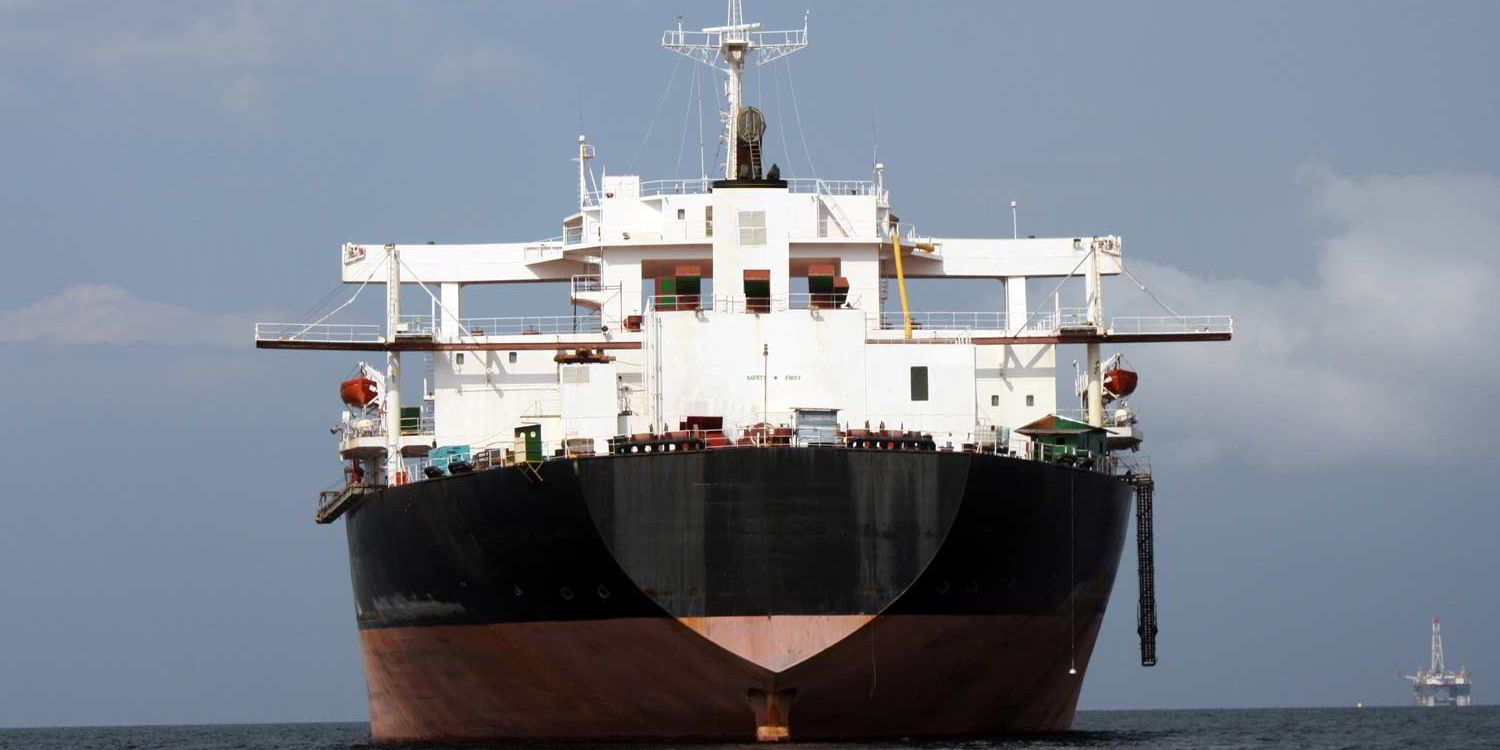Vessels trading in the spot market were enjoying daily averages of around $6,300 on Wednesday due to a modest flurry of iron ore fixtures.
Current levels are nearly 25% higher than those reported a week ago and well above the $3,500 premium charterers paid for capes this time last year, according to Omar Nokta of Global Hunter Securities.
In a note to clients the equity analyst applauded the recent spike in the capesize segment and said the spot market appears to be gaining traction but was quick to point out that rates are still at or near breakeven for many operators.
“Overall charter rates remain weak and at just above operating expense levels, and pressured Chinese steel prices continue to weigh on the market,” he wrote. “Nevertheless, current capesize rates are at about four-month highs and seem to be gaining momentum.”
In the second half of 2013, FFA indications for capesize bulkers are between $7,550 and $12,000 per day, lending support to Nokta’s bullish near-term outlook.
Over the next six weeks, Bimco is forecasting average rates of around $4,500 to $7,500 per day.
Others, like Michael Webber of Wells Fargo Securities, are far less optimistic about the future of the sector and continue to think a revival is unlikely to occur anytime soon due to the ongoing glut in global fleet capacity.
“Despite a recent improvement in sentiment we continue to believe it is too early for a sustainable recovery in the dry bulk market,” he told clients in a note that followed reports that Excel Maritime Carriers is on the fringe of a Chapter 11 filing.
In April researchers from Danish Ship Finance said roughly seven million DWT of dry-bulk tonnage had been added to the orderbook in the first three months of 2013 and indicated that capes accounted for more than 75% of the total.
“We expect the fleet to grow by 6% in 2013 and although distance adjusted demand is also set to grow by 6% in 2013 we believe the large oversupply in fleet capacity will remain, keeping a lid on rates– at least in 2013,” they argued.
"Thus, while demand is returning to normal in 2013, oversupply in the dry bulk market remains and further adjustments of the fleet are needed before balance can be achieved and the market can start improving."




